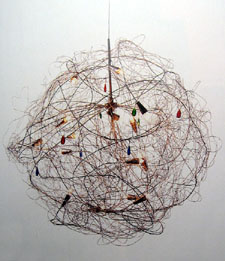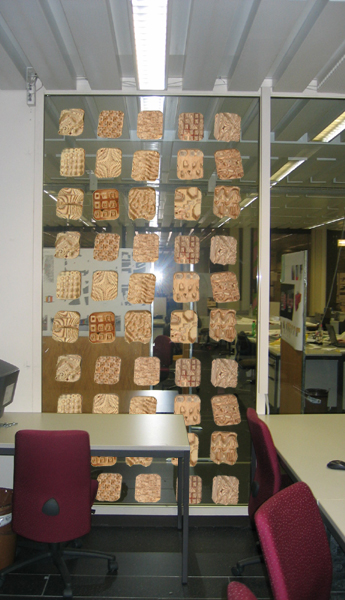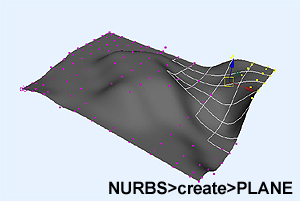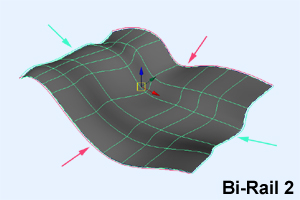The assignment is to create a new "pendant" (hanging) type lighting fixture.
Each of the lights is intended to hang and illuminate the ceiling immediately around it. The design for the light shade should find its language in a specific pattern MODE and STYLE of ornament, and should make immediate reference to the individual characteristics, rules and logic of that style.


- Unitary
- Additive
- Repeating
- Hypotactic
Ornamental Styles
- Religious or mythological
- Representational
- Ceremonial
- Cultural
- Historical
- Regional
This fast introduction
assignment has two goals:
- First - to promote the research of ornamental styles and give the student
a "style guideline" for the rest of the project,
- Second - to give the student their first piece of the design puzzle
that will be the main work for the diplomwahlfacharbiet.


Each student will be provided with:
- a socket,
- a lightbulb,
- and electrical cable.
Other materials are to be used at the discretion and cost of the student.
All materials in the milling lab are available subject to approval.
The lights and the patterns of light and shade that they reflect will be used to illuminate designed ornamental ceiling surfaces in the main work of the diplomwahlfach arbeit.
Consideration should
be taken upon issues of reflection, shadows, spacing, geometry, position,
pattern, direct and indirect lighting.


Deliverables:
1 short presentation
1 functioning "pendant" light.
Presentation Wednesday Feb 09, 1400



